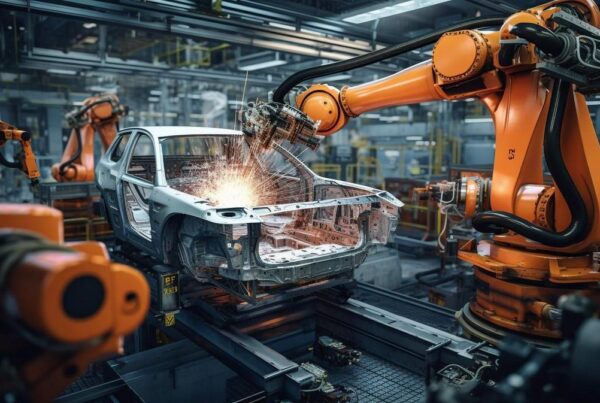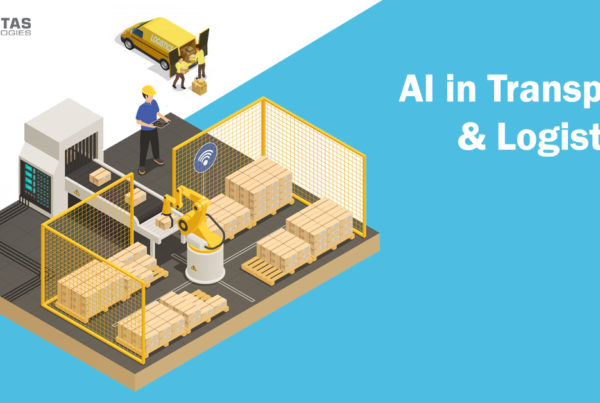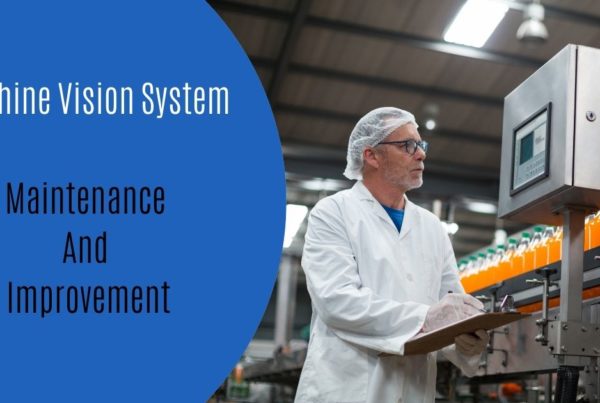![How To Ensure The Quality Of Packaging Materials?- MACHINE VISION [2021]](https://qualitastech.com/wp-content/uploads/2015/02/Industrial-Packaging-Quality.jpg)
The machine vision systems used to automate packaging processes stand right at the intersection of science, engineering, and art. Successful applications do not depend exclusively on any of the three, but rather a bit of each.
In the dynamic industrial equipment manufacturing industries, the packaging is the very first impression of a product. Any inconsistencies in the packaging such as a defect or incorrect labeling that goes unnoticed may prove disastrous for the product and the reputation of your organization. This is where machine vision technology has the potential to play a powerful role in improving the industrial packaging process and packaging inspection.
From the earliest days of machine vision, the technology has been used to address applications on packaging lines. Even the most primitive machine vision systems could perform relatively simple tasks such as simple packaging inspection, verifying that the label was on the package, that it was straight, and that the cap was on the container.
Machine vision technology facilitates real-time analysis of data extracted from captured images to perform complex inspection tasks and identify packaging defects. However, it is easier said than done. In this blog post, we explore the impact of machine vision technology in industrial packaging quality control and discuss its applications for you to make the best use of the technology.
CHALLENGES FACED IN THE INDUSTRIAL PACKAGING INDUSTRY
Some of the common raw materials used by industrial packaging companies include paper, plastic, resins, films, paperboard, and adhesives. In recent times, the industrial packaging industry has witnessed a steep rise in the prices of these raw materials. In addition, the prices for polypropylene, used in resins, bottles, and packaging films have been on a rise due to reduced supply. This situation has affected the competitiveness of companies in the packaging industry. Organizations can simply not afford packaging defects anymore.
Industrial packaging companies not only have the pressure to innovate in their offerings but at the same time must also ensure that their products are designed to protect the packaged contents from the external environment without any major packaging defects. Choosing packaging materials that can survive external factors such as sunlight, UV rays, high and low temperature, humidity, moisture, and rain is a task of great difficulty. In addition, the environmental conditions vary from region to region. Hence, to design and implement a packaging material that meets all these parameters is most likely to put industrial packaging companies in a big dilemma.
HOW CAN MACHINE VISION HELP?
Today one can find machine vision-based systems suitable for addressing virtually any problems in the industrial packaging and packaging inspection domain. Grading applications typically entail separation based on photometric properties; such as appearance, color, and surface. While there are many applications of machine vision in the packaging industry, varying widely depending on the industry and production environment, a few typical applications include:
- Component Presence
Checks the presence/absence of the correct components or parts of a product.
- Dimensional Quality
Checks how accurate the dimensions of an object are against geometric tolerances.
- Structural Quality
Checks the missing or presence of foreign unwanted components on a product or package.
- Operational Quality
Operation quality relates to the verification of accurate operations of products ensuring smooth and efficient workflow.
- Packaging & Labeling
Controls alignment and placement of labels as well as identifying packaging defects. Additionally, it can help in ensuring accuracy in packaging by identifying incorrect labels as well as maintain the highest quality of packaging quality control.
Also, Read 3 Uncommon Applications of Machine Vision
IMPACT OF MACHINE VISION IN THE PACKAGING INDUSTRY
Defects unnoticed by the human eyes can be spotted almost instantaneously with machine vision solutions. This gives a better choice for an inspection process that is fast, detailed, and tirelessly performs 100% online packaging inspections eliminating all human error. This results in improved product quality, higher yields, and lower production costs better resource management, as well as generating automated reports for further analysis and optimization.
Some of the major areas of impact observed with the use of machine vision are:
- High Accuracy
The higher rate of accuracy that machine vision offers compared with human inspection, results in fewer errors and higher packaging quality control.
- Cost Efficiency
Production costs tend to be lower with fewer reworks, saving costs by reducing waste and manual efforts in turn.
- Stronger Brand Integrity
Keeping flawed products off the hands of your clients and customers, maintaining packaging quality control, high-quality products, and fewer errors in packaging and inspection strengthen brand integrity in the long run.
- Resource Management
Machine vision significantly helps in improving bottom lines by allowing organizations to utilize employees in other areas of the production line without a manual packaging inspection team.
- Quality and Economic Goals
Evolving in the competitive environment of fast-moving industrial goods, machine vision can help overcome the challenge of ensuring reliable, 100% quality inspection, packaging quality control as well as optimizing cost.
- Stronger Customer Relationship
Inspection systems make it possible to demonstrate reliable quality and assurance processes in place to satisfy your clients and further build your relationship.
Also, Read How Can Food & Beverage Segment Benefit From Machine Vision Inspection
CONCLUSION
Manually inspecting tangible defects is not always reliable. It is also labor-intensive. To overcome these limitations, automated inspection uses image-processing techniques that are potent enough to significantly improve quality and efficiency. All of this is possible by delivering a high-performance customized deep learning model for identifying packaging defects in real-time using machine vision.
Register For Our Upcoming Free Webinar







